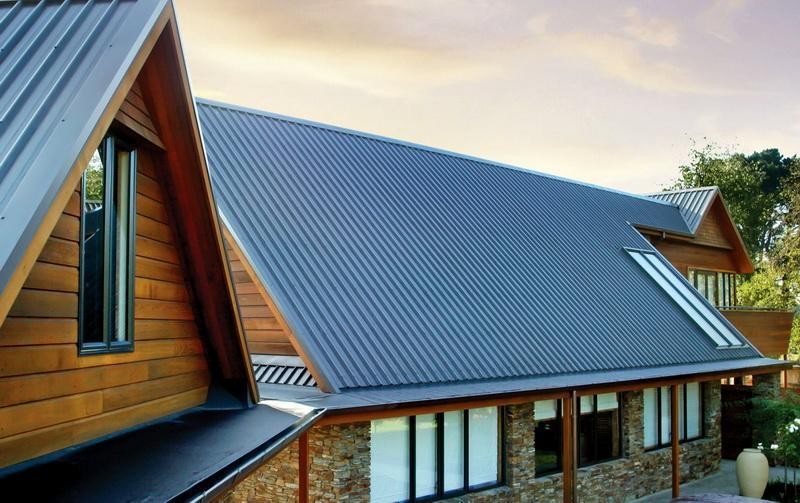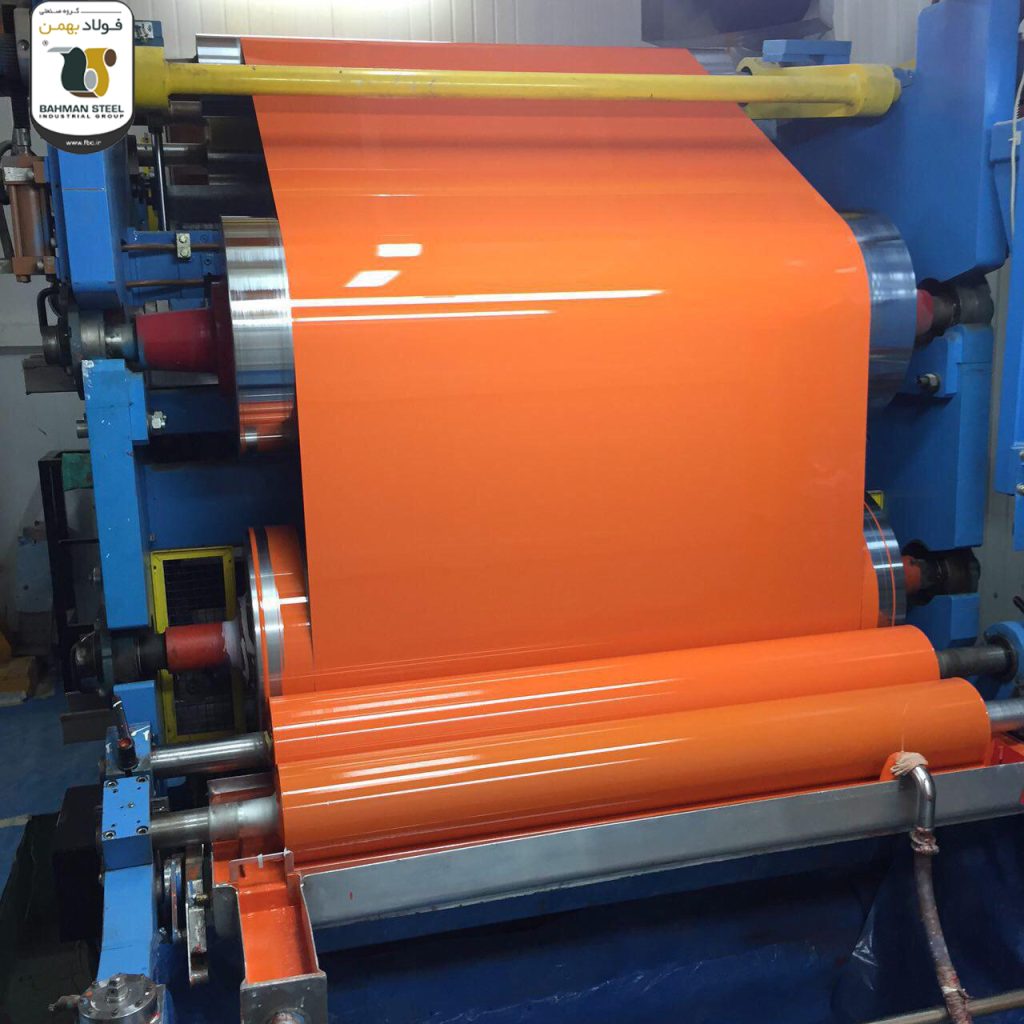Colored Sheet Production Line
Colored Sheet Production Line

These days, while passing through such routes, we encounter houses with colorful and beautiful sloped roofs that create sweet memories for us. In fact, ever since the use of colored galvanized sheets for sloped roofs became common, many houses have taken on a different appearance.
In this article, we aim to explore the production process of colored sheets and discuss the various types of these beautiful sheets and their applications.
What is a Colored Sheet?
A colored sheet is a product made of galvanized steel, covered with a layer of paint on its surface. In essence, with the production of these sheets, vibrant colors have been introduced into the previously rusted gray world.


For this process, metal ingots and a set of machinery are required to transform the ingot into a steel sheet, shape it into the desired form, and finally coat its surface with the preferred color. Below, we outline the steps that a piece of metal must go through to become a colored sheet:
Hot Rolling
At this stage, slabs, ingots, and other raw materials are heated in continuous furnaces until they become molten steel paste. After undergoing various processes and passing through different production and leveling stages, they are converted into hot-rolled sheets, also known as black sheets.
Cold Rolling (Oiled Sheet)
Hot-rolled sheets are processed through leveling machines and rollers to be transformed into cold-rolled sheets.
Galvanized Sheet
Cold-rolled sheets go through a galvanization process and are dipped in molten zinc baths to become galvanized sheets.
Degreasing the Metal Sheet
To ensure that the desired paint adheres firmly to the sheet, the surface must be cleaned of any dust, grease, or impurities. Degreasing is done using either the electrical method or alkaline washing.
Since the electrical method is costly, the more common approach is using alkaline detergents. In this process, the sheets are immersed in alkaline solution baths, then washed with hot water, and finally dried with warm air.
Chromating the Metal Sheet
After washing and degreasing, the sheets undergo chromating to enhance their corrosion resistance and improve paint adhesion. This step ensures that the final product retains its color without peeling.
Primary Coating
At this stage, an initial layer of epoxy or polyester primer is sprayed onto the sheet, which is then passed through an oven. This primer serves as the base coat for the final paint. The coating thickness in this stage is typically 7 to 15 microns.
Final Painting and Curing
Finally, the sheet is coated with the main polyurethane, polyamide, acrylic, epoxy, or polyester paint using the electrostatic method. After painting, the sheet is passed through a curing oven to ensure the paint adheres permanently.

Typically, the final coating consists of two layers: a top layer and an underside layer. Additionally, the material used in each layer is selected based on the intended application of the sheet.



